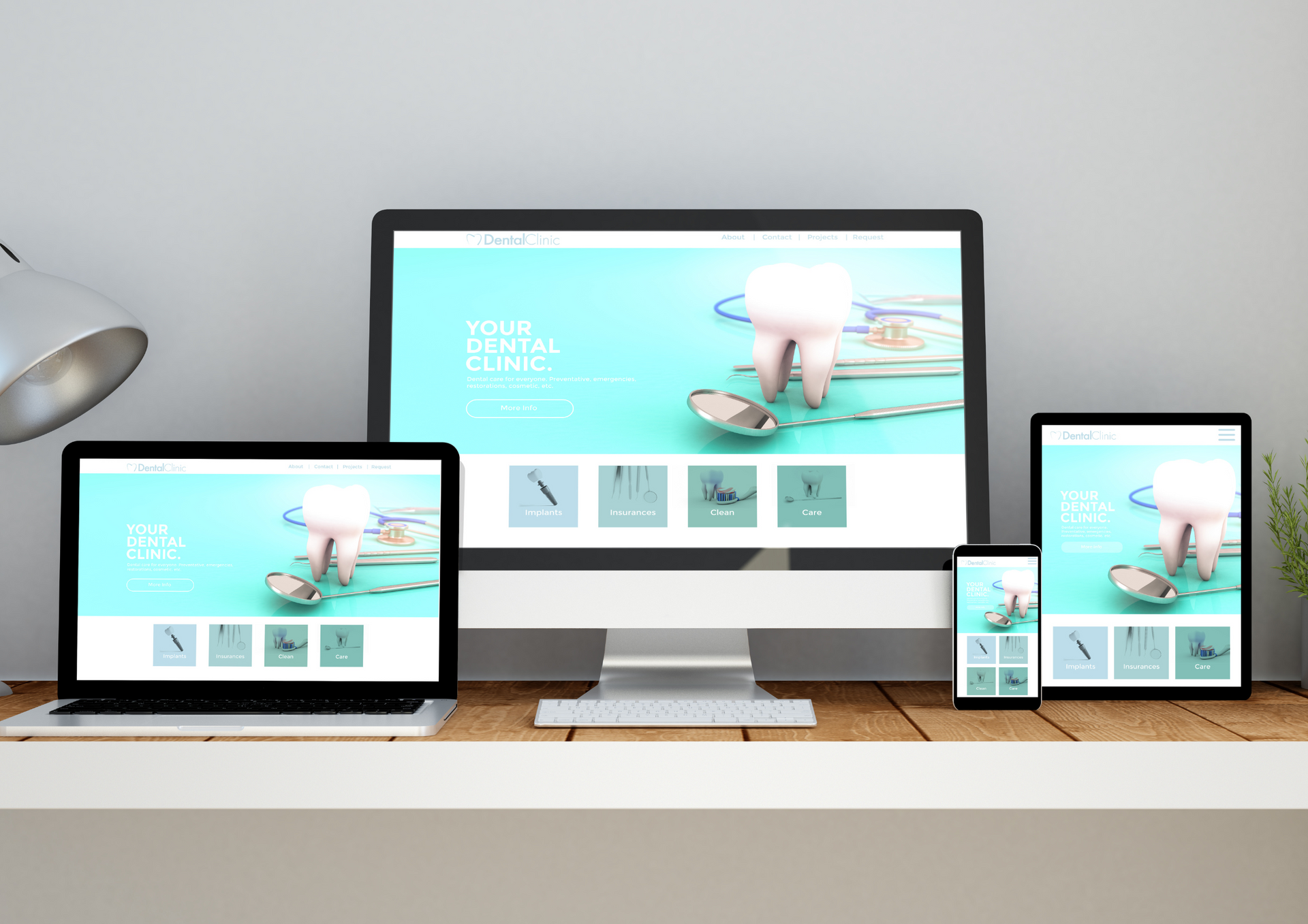In today’s digital world, having a strong online presence is essential for any business, whether you run a homeware brand, a health and wellness service, or a retail business. Web development plays a crucial role in creating websites that are not only visually appealing but also functional, scalable, and user-friendly. Understanding the difference between front-end and back-end development can help business owners make informed decisions when building or updating their website.
What is Front-End Web Development?
Front-end web development focuses on what users see and interact with on a website. This includes everything from layout, colours, fonts, images, and interactive features such as buttons, forms, and menus. Essentially, front-end developers translate a design into a fully functional website that users can navigate with ease.
For businesses, front-end development is key to creating a professional and trustworthy impression. For example, a homeware store may need a visually appealing product gallery, while a wellness service may prioritise clear appointment booking forms. Front-end developers use coding languages such as HTML, CSS, and JavaScript to bring these elements to life, ensuring the website is responsive across devices and easy to use for visitors.
What is Back-End Web Development?
While front-end development deals with the visual aspects of a website, back-end development manages everything behind the scenes that makes the site function. This includes databases, server-side scripts, and applications that allow websites to process orders, manage content, and store customer information securely.
For retail or health businesses, a well-developed back-end ensures that products, appointments, and customer accounts are managed efficiently. For instance, a back-end system can track stock levels, handle online payments, or automate confirmation emails, providing a seamless experience for both the business and its customers. Back-end developers often use languages like PHP, Python, Ruby, or SQL to manage these systems effectively.
Key Differences Between Front-End and Back-End Development
The main difference between front-end and back-end development lies in their focus and purpose. Front-end is user-facing, ensuring a website looks attractive and is easy to navigate, while back-end is server-facing, guaranteeing functionality, security, and data management.
Businesses need both to succeed online. A website may look beautiful, but without a solid back-end, features like e-commerce, booking forms, or inventory tracking won’t work correctly. Conversely, a functional back-end with a poorly designed front-end can lead to frustrated users and lost sales. Balancing the two ensures websites not only perform well but also create a strong impression for potential customers.
Website development requires careful planning and collaboration between these two areas to ensure the end product meets business goals. Professional developers integrate front-end and back-end solutions to create websites that are intuitive, reliable, and tailored to specific industries.
Choosing the Right Web Developer for Your Business
When it comes to selecting a developer, businesses have several options. Hiring a freelance web developer can provide flexibility and cost efficiency, particularly for smaller projects or startups. Freelancers often offer a personalised approach and can adapt to a business’s specific needs, making them ideal for bespoke projects that require careful attention to detail.
Alternatively, businesses may work with a development agency to access a full team of specialists covering both front-end and back-end development. Choosing the right professional ensures that your website meets your functional needs, reflects your brand identity, and delivers a seamless experience to your audience.
How Front-End and Back-End Work Together for Effective Websites
The most successful websites are those where front-end and back-end development work seamlessly together. For example, an online store needs a visually appealing product page (front-end) and a secure payment system (back-end) to function effectively. Integration between the two ensures smooth navigation, faster load times, and reliable performance, which all contribute to higher customer satisfaction and better business results.
Working with experienced website developers ensures that both sides of development are aligned, producing websites that are not only attractive but also robust and scalable. Businesses benefit from solutions tailored to their industry, whether it’s retail, health and wellness, or homeware.
Website creation services offered by professional teams can streamline this process, providing end-to-end solutions that cover everything from initial design to deployment, without compromising quality or efficiency.
Understanding the difference between front-end and back-end
web development is essential for businesses seeking professional, scalable websites. Front-end ensures users have a visually appealing and easy-to-navigate experience, while back-end manages functionality, security, and data. Both are crucial for successful online business operations. By investing in skilled developers and integrating these two elements effectively, businesses can create websites that not only look good but also perform reliably, attract customers, and drive growth.
At
ETA Web Design Bath, we specialize in creating professional websites for homeware, health and wellness, and retail businesses. Our approach is results-driven, ensuring websites are scalable, reliable, and tailored to your brand’s specific needs. With a focus on both front-end and back-end excellence, we deliver websites that are visually appealing, functional, and optimised for growth. Partnering with us guarantees a professional, trustworthy, and personalised service, helping your business succeed online.
Latest post on X: Key differences between front-end and back-end
web development!





